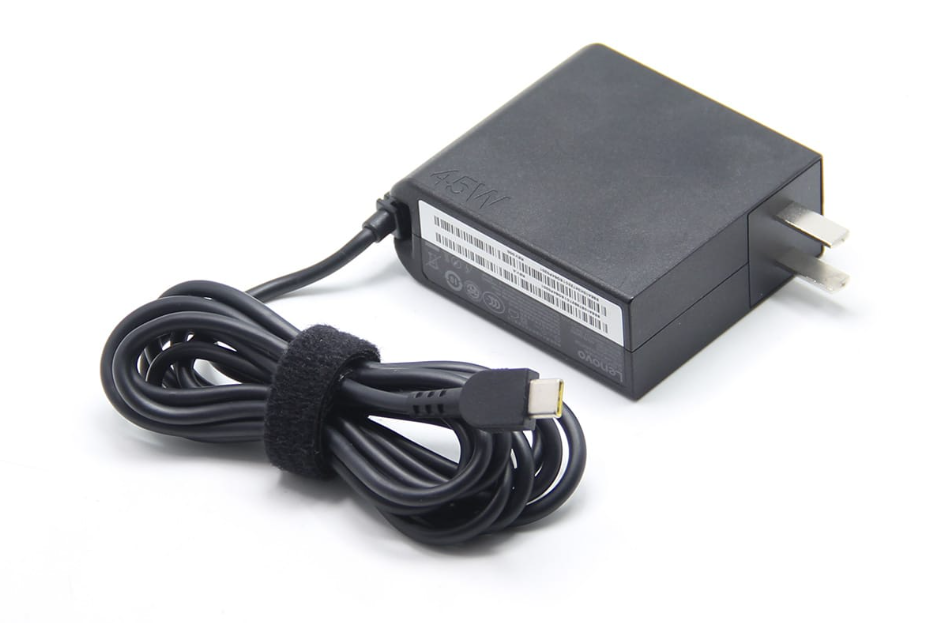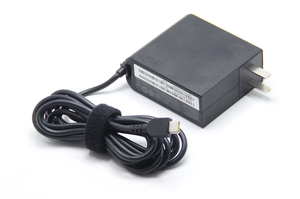
Charger Inspection Standards and Procedures Inspection and Audit Services for Factory Verification
As an important electronic accessory product, the quality and safety of chargers directly affect the personal and property safety of users. During the inspection, factory verification, and product certification processes of chargers, a strict quality control system must be established. This article will systematically elaborate on the inspection standards, testing methods, and quality certification requirements of chargers, providing professional technical guidance for industry practitioners.
I. Charging Adapter Inspection and Certification Standard System
(1) Defect Grade Certification Standard
Class A Severe Defect Certification
Security threat: There are defects that pose a threat to the personal and property safety of the users.
Zero-tolerance standard: The AQL acceptance level is zero.
Certification focus: Key items such as electrical safety and fire protection
Class B Major Defect Certification
Functional anomaly: Defects in functions that affect the normal operation of the product
Performance deviation: Parameter indicators exceed the specification standards.
Severe appearance defects: Obvious flaws that cause customers to refuse to purchase
Certification of Class C Minor Defects
Acceptable defects: Minor flaws that do not affect the functionality of the product
Customer concession: Quality deviations that the end users might be willing to accept
AQL standard: 1.5 Acceptance Quality Limit
(2) Inspection of environmental certification requirements
Lighting condition certification
Light source standard: Natural light or 600-800 Lux cool white fluorescent lamp
Environmental control: Uniform lighting, without shadow interference
Verification of parameter certification
Observation distance: 300 - 350mm
Observation angle: Horizontal orientation 45° ± 15°
Testing time: 10 ± 5 seconds per detection surface
Qualification certification for inspection personnel
Visual acuity requirement: Unaided or corrected vision of 1.0 or above
Color vision requirements: No color blindness or color weakness symptoms
Professional training: Certified through inspection standards training
II. Sampling Inspection Certification Scheme
(1) Sampling Standard Certification
Basic Sampling Scheme
Inspection level: GB2828-2003 General Inspection Level II
AQL standard:
Class A defect: 0
Class B defect: 0.65
Class C defect: 1.5
Special Project Certification
Sampling plan: S-1 or a specified quantity
Acceptance criteria: Ac = 0, Re = 1
Test scope: Dimension measurement, reliability testing
(2) Packaging Inspection Certification
Identification Certification Requirements
Label completeness: The inner packaging bag or outer packaging box must be affixed with labels.
Information accuracy: The product name, code, and quantity are consistent with the actual item.
Content Specification: The content is complete and meets the requirements.
Packaging material certification
Specification compliance: The dimensions of the plastic bags, outer boxes, etc. are in accordance with the standards.
Completeness check: The packaging materials are undamaged and the protective function is intact.
Packaging accuracy: No mixed packaging of different products occurred.
III. Routine Inspection and Certification Standards
(1) Appearance Quality Inspection Certification
Product Labeling Certification
Model consistency: The charger model is consistent with the sample and the specification document.
Specification of identification: The content of the stickers and the orientation of the plugs are accurately marked.
Durability test: The surface writing does not come off after being wiped with alcohol.
Structural Integrity Certification
Indicator light installation: Height difference < 0.5mm, colors are consistent
Colloid quality: No defects such as foaming, shrinking, or dirtiness.
Surface treatment: No sharp edges or burrs.
Process Quality Certification
Screen printing accuracy: Offset ≤ 0.2mm, Deviation ≤ 15°
Structural strength: No damage, no missing corners, no exposed lines.
Anti-rust performance: The exposed metal parts are free from rust.
(2) Function and Performance Testing Certification
Structural Reliability Certification
Bonding strength: There is no loosening or cracking at the connection between the latch and the housing.
Hook performance: Excellent elasticity, capable of withstanding a 200g pull force for 5 seconds without loosening.
Charging performance certification
Normal operation: When the tooling phone is plugged in, there is no abnormal display.
Connection stability: No abnormalities occurred during charging by rotating the cable 60° left and right.
Compatibility test: Normal pairing and charging with the specified device
IV. Quality Certification System
(1) Safety Requirements Certification
Electrical Safety Certification
Standard compliance: Compliant with the mandatory standard GB4943-2001
Electrical safety protection: Effective insulation measures
Temperature control: The temperature is within the specified range during normal operation and in abnormal conditions.
Structural Safety Certification
Circuit Design: Reasonable Circuit Structure Design
Mechanical structure: Stable mechanical support protection
Fault protection: Safety protection mechanism in abnormal conditions
(2) Electromagnetic Compatibility Certification
Electromagnetic Interference Control
Conductive interference: The interference voltage at the power terminals complies with the limit values.
Radiation interference: The field strength of radiation interference is controlled within the standard range.
National standard: Compliant with the requirements of mandatory national standards
Interference Suppression Certification
Switching noise: Effectively suppresses high-frequency harmonics of switching power supply
Environmental compatibility: Does not interfere with the normal operation of surrounding electronic devices
Health and Safety: Has no adverse effects on human health
(3) Work Performance Certification
Charging Method Certification
Charging mode: Current-limiting constant-voltage charging method
Automatic conversion: Automatically switches to constant voltage charging when the limit voltage is reached.
Applicability: Matches the characteristics of lithium-ion batteries
Parameter Specification Certification
Charging current: No more than 1.5A, matching the battery capacity
Charging voltage: The maximum output voltage is 4.2V, and it shall not exceed 4.5V.
Stable performance: The working parameters remain stable and reliable during continuous operation.
V. Inspection and Certification Process Management
(1) Inspection Equipment Certification
Testing Equipment Certification
Calibration of measurements: All measuring tools are calibrated regularly.
Special tooling: Special testing tool for chargers
Testing equipment: Instruments that meet standards
Test environment certification
Power stability: Stable test power supply
Environmental control: Appropriate temperature and humidity conditions
Safety protection: Comprehensive electrical safety protection
(2) Certification of Inspection Records
Data Recording Requirements
Test data: Detailed records of test results
Problem Description: Accurately describe the defect situation
Picture evidence: Accompanied by on-site inspection photos
Report standardization
Please provide the text that needs to be translated accurately and without errors, and ensure that the translation is natural, fluent, and follows English expression
The conclusion is clear: a definite determination of whether something is qualified or not
Signature Confirmation: The inspectors sign for confirmation.
(3) Quality Certification
Certification of Qualified Products
Comprehensive pass: All inspection items meet the standards.
Documents are complete: complete inspection record files
Packaging is in good condition: it complies with packaging standards.
Non-conformance handling
Serious defect: Reject immediately and initiate claim
General defect: Re-inspection after timely rectification
Document issue: The documents must be fully completed before they can be released.
VI. Continuous Improvement of Certification System
(1) Supplier Management Certification
Qualification Review Certification
Production license: Valid production qualification certificate
Quality System: A comprehensive quality management system
Equipment capabilities: Advanced production inspection equipment
Performance Evaluation Certification
Quality score: Regular quality performance assessment
Improvement of the issue: Effective improvement of quality problems
Continuous cooperation: Long-term and stable partnership
(2) Quality Traceability Certification
Traceability System Certification
Batch management: A comprehensive batch traceability system
Problem Tracking: Effective Tracking of Quality Issues
Improvement verification: Verification of the effectiveness of improvement measures
By establishing a complete quality inspection and certification system for chargers and strictly implementing quality control throughout the entire process from raw materials to finished products, it is possible to effectively ensure the safety and quality of charger products, provide consumers with safe and reliable charger products, and at the same time promote the standardized development of the charger industry.
分享这个商品

Charger Inspection Standards and Procedures Inspection and Audit Servi
As an important electronic accessory product, the quality and safety of chargers directly affect the personal and property safety of users.
